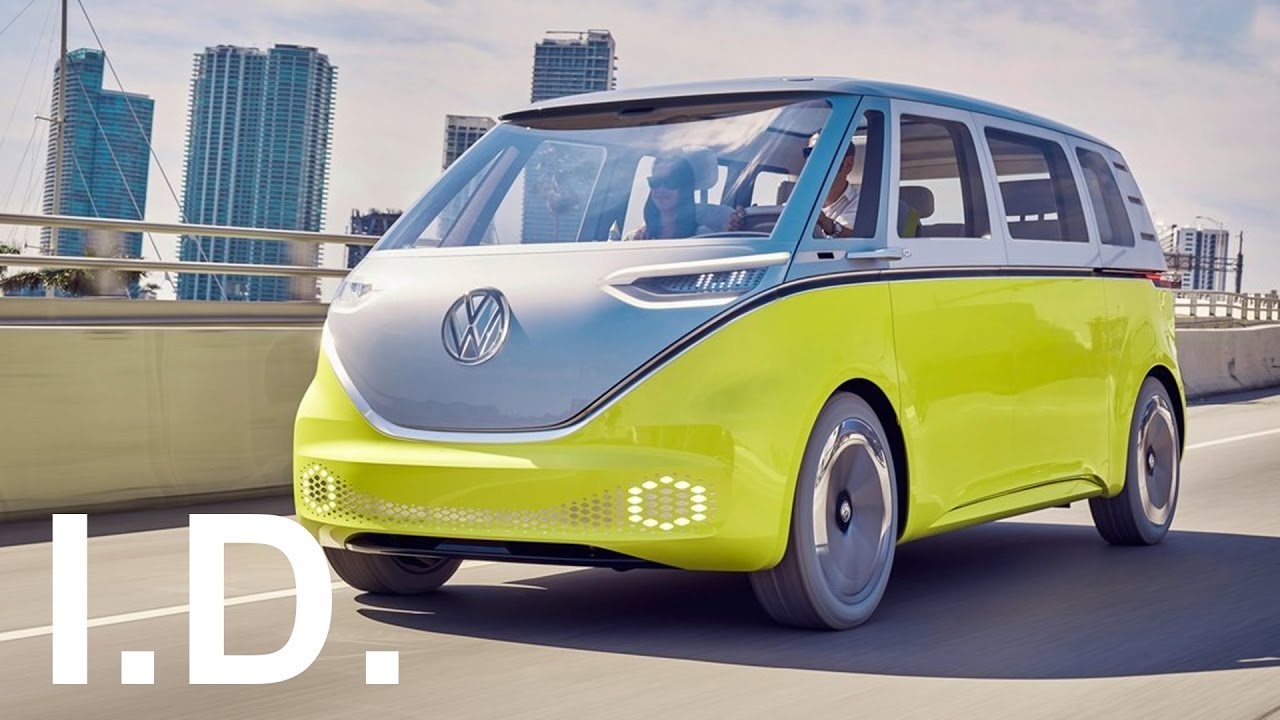

Volkswagen is bringing back its hippie-approved minivan but with a 21st century upgrade—the new I.D. Buzz is all-electric.
The concept car was first revealed at the Detroit Auto Show in January and now the German automaker is officially putting its reinvigorated Microbus into production.
“Emotional cars are very important for the brand,” VW boss Herbert Diess told Auto Express. “We are selling loads of Beetles still, particularly in U.S. markets. But we will also have the Microbus that we showed, which we have recently decided we will build.”
Volkswagen has made a push towards earth-friendlier electric vehicles ever since its “Dieselgate” scandal. In October, following its historic emissions settlement, the company agreed to pay $4.7 billion for environmental programs and promotion of zero-emissions vehicles.
Digital Trends reports that the I.D. Buzz is powered by a pair of electric motors that provide 369 horsepower to all four wheels. Its 111kWh battery pack boasts up to 270 miles of range and charges up to 80 percent of its capacity in just half an hour.
And according to Carbuzz, when in autonomous mode, the steering wheel retracts and merges into the instrument panel, allowing the car to take full control of the driving.
“VW is also launching its own ride-sharing company, MOIA, in 2020 and the production-spec ID Buzz will undoubtedly play a key role,” Carbuzz notes.
While its shell looks a lot like its iconic predecessor, the new version will be built off of the company’s platform for electric vehicles, the Modular Electric Drive Kit (MEB).
“With the MEB platform this is the chance now to get the proportions back,” VW design boss Oliver Stefani explained to Auto Express, noting that with an electric-car setup the engine does not need to be in the front. The battery pack being underneath the floorpan also allows for a larger passenger cabin compared to conventional cars.
“You can also get much more interior space, almost one class higher,” Stefani added.
Digital Trends estimates that the car could hit the market as early as 2021.
“The I.D. BUZZ is not a retro design on 22-inch wheels; rather, we have taken the logical next step forward in development using what is in all likelihood the most successful design of its kind in the world,” Volkswagen head of design Klaus Bischoff said before the concept was revealed in Detroit this year. “The entire design is extremely clean with its homogeneous surfaces and monolithic silhouette. The future and origins of Volkswagen design DNA combine here to create a new icon.”

 233k
233k  41k
41k  Subscribe
Subscribe 